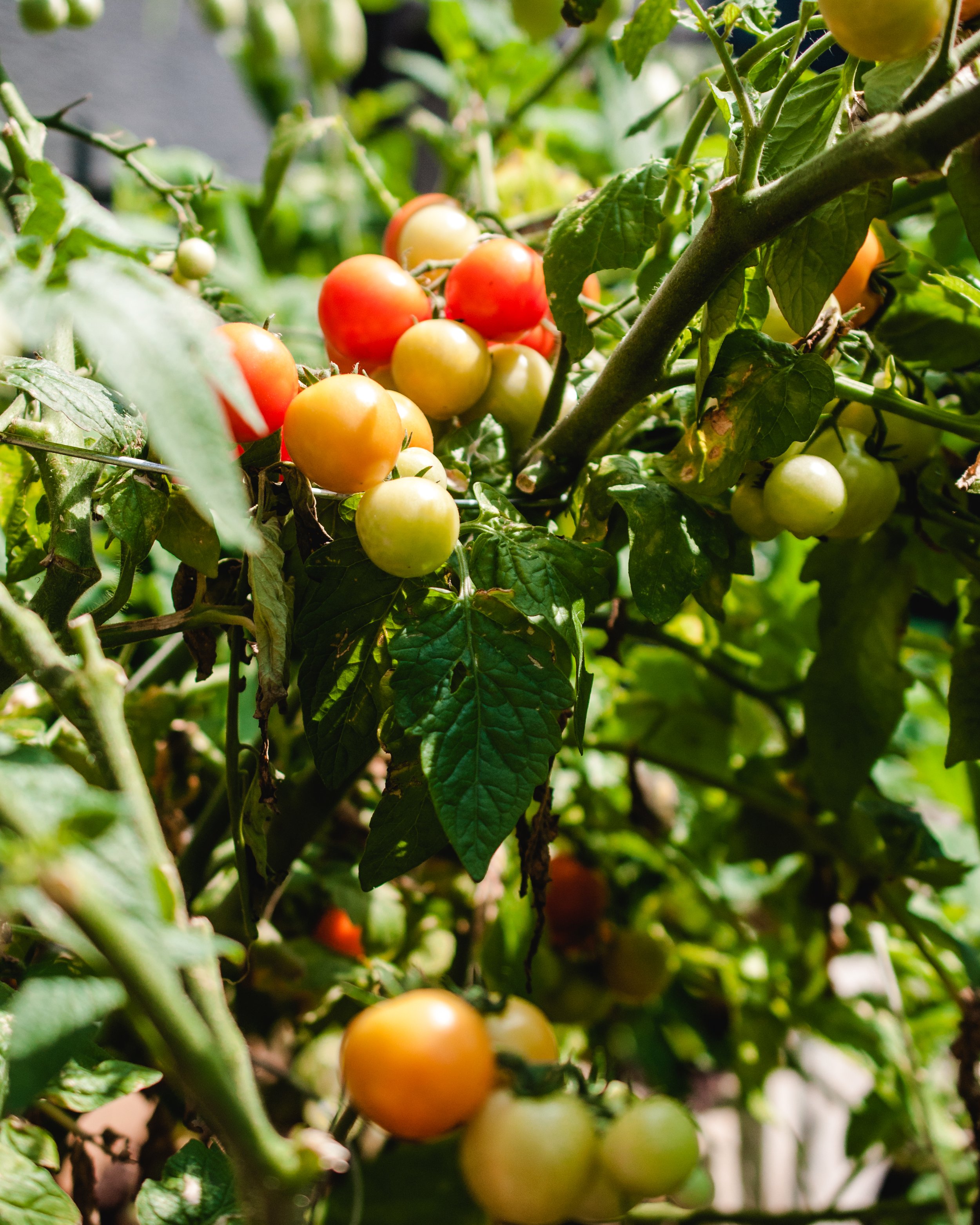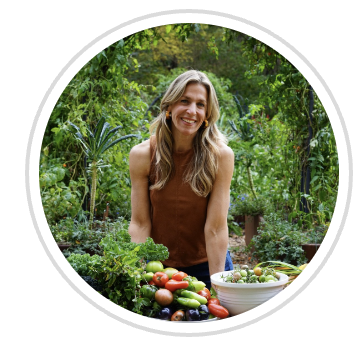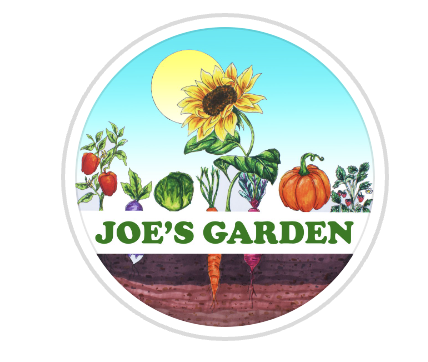Gardening
How to Plant Mini Gold & Red Potatoes
Springtime is the best time to plant potatoes. They like to be planted in the cooler temps, typically for the northern midwest between late April and Mother’s Day.
Finding a location to plant your potatoes is important. They need at least 6-8 hours of full sun. The second thing is to make sure your soil is light and fluffy. All the magic happens underground so they need soil that will move with the growth of the tubers. A raised bed, large pot or 5 gal bucket (will fit one large potato and will still yield a good harvest!), or larger grow bag (will fit 3 large potatoes) is perfect for controlling that.
Work the soil up really nicely with a digging fork, then add in Espoma Organic Bio-tone Starter Fertilizer. Sprinkle it in over the top then work it in with your hands to distribute. Potatoes like a pH between 5-6 but they’re fairly adaptable, but if you have really high alkaline soil, add some sulfur to the soil to balance that out.
Next, you’ll need to prep the potatoes. Many potatoes in the grocery store have been treated with a sprout-inhibitor that prevents the potatoes' eyes from developing while in storage and on the shelf. Look for Seed potatoes that are made for growing, or organic potatoes (that have not been sprayed with sprout retardant). If you can find potatoes that already have "eyes" that are budding, use those. This way you know they are viable for planting. If you have smaller potatoes, you can plant them whole; larger potatoes you’ll cut in half or quarters keeping the eye in tact. Then you’ll want to let them dry for a day or two to let the cut side heal over and helps prevent rot - a little dusting of cornstarch over the cut area can help speed up the process, too.
Dig trenches 4-6 inches deep, about one foot apart. Place each potato eyes facing up about 8 inches apart from each other. Just keep in mind, more space means more room to grow larger potatoes. A raised bed that is 3x6’ can fit approx 20-22 potatoes in three rows. Fill the trenches in with the soil. For a bucket/bag, fill the soil about half way up, place 1-3 potatoes in and cover with a couple inches of soil. As it sprouts, keep adding more soil around the base (don’t bury the stem) until you get to the top. All that growth will produce more potatoes!
Give the potatoes a good soak. They’ll need to be watered about once or twice a week during the hottest parts of the summer, and even more often during their flowering stage. That’s when they’re producing their tubers. Just make sure the top 1-2 inches of topsoil is dried out in between waterings. Too wet of soil will make them rot.
Once the plants have reached 8-10 inches tall, add a little more soil and mound it up around the plants. This will help keep them cool.
Depending on your climate, these potatoes will take about 100 days to mature. They’ll tell you when they’re ready to harvest when the plants have yellowed and fallen over. But be sure to write it on the calendar so you can be watching for it!
Happy planting!
Vegetable Gardening from a Beginner
I started a small backyard vegetable garden with a hopeful heart that just maybe I'd reap a little harvest. I fell in love with the process even though it certainly had its challenges. I called this my "trial-and-error year" with little, but hopeful expectations. It's been such a joy to watch the process of growth from a seedling to a huge food-producing plant! The coolest part for me was harvesting and then cooking what I grew.
I bought a three-tiered raised bed and started filling the back two deepest tiers with sticks, cardboard and even some old deck boards that still needed to be thrown away. I just wanted to fill it a little bit so I didn't have to use so much dirt. I planted our family's favorites and crossed my fingers.
There are strategies for planting certain kinds together to help ward off bugs and other pests. Tomatoes like basil; potatoes like onions; and they all appreciate Marigold flowers to keep the bugs away so I planted several in each bed corner.
I was most excited for the mini yellow and red potatoes. The best time to plant is in the cool spring temps and in a spot with lots of sunlight. I watched Garden Answer's video on YouTube to start learning the how-to's. Plant potatoes with "eyes" facing up about 6-8 inches apart just a few inches under the soil. It takes around 90-100 days for them to mature. When the stems start to look like they're dead, that's when they're ready to harvest. I was so proud and joyful digging them up.
I didn't really treat my garden with fertilizers besides the initial soil mixture. I used Organic Raised Bed Garden Soil and mixed in some Dr. Earth Organic & Natural Home Grown Tomato and Vegetable Food Fertilizer. We've been blessed with lots of rain this summer and my backyard faces southwest. I give all credit to that combo for the success.
Herbs, I think, have been the easiest to grow. I used to kill every single one I potted indoors, but they're loving the full sun outdoors. I potted a variety of the basics: rosemary, thyme, parsley (Italian flat leaf and curly), and cilantro in one medium sized pot. The cilantro didn't make it for some reason, but the rest are doing awesome. I planted basil in it's own pot because my goal was to get it as big as possible since I use it the most. Mint is in a smaller pot to keep it contained. It's a wild one; it will take over if it seeds close to your other plants. Just occasionally trim and harvest leaves from each of them to keep from seeding all over each other.
Basil is awesome with tomatoes, so it goes in every Italian dish I make - but there's trick to growing it big. You have to cut off the tops, just above the Y in the branch. This will help it put its energy into making more leaves and not to the flowers that sprout at the tops. Keep the clippings stems in a small cup of water, loosely covered with a plastic baggie in the fridge for the next time you cook!
As summer comes to a close and fall approaching soon, I plan to harvest my onions and hopefully peppers soon, then plant garlic for a spring bloom. They need to go through a cold season - and somehow survive our harsh Minnesota winters. Can't wait to try it out!
This is a lifelong hobby in the making.
Happy planting!
Follow My Favorite Instagram Gardeners
Tips to grow fruit and vegetables
Growing food & teaching preservation
Garden Education
Garden, landscape, environmentalist
Teaches how to grow your own food
Answers all your garden questions
Homesteading, gardening, faith













